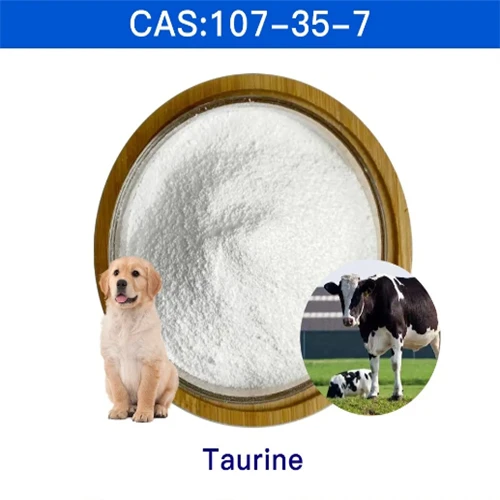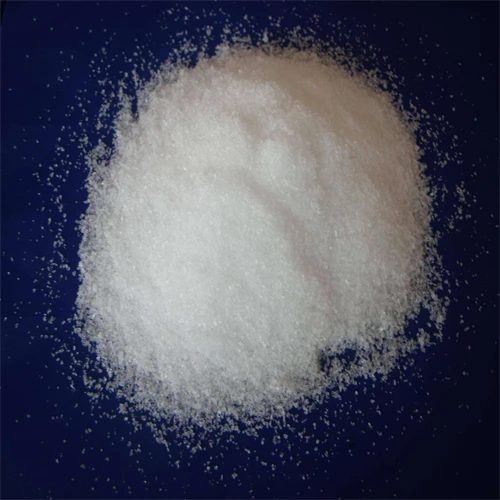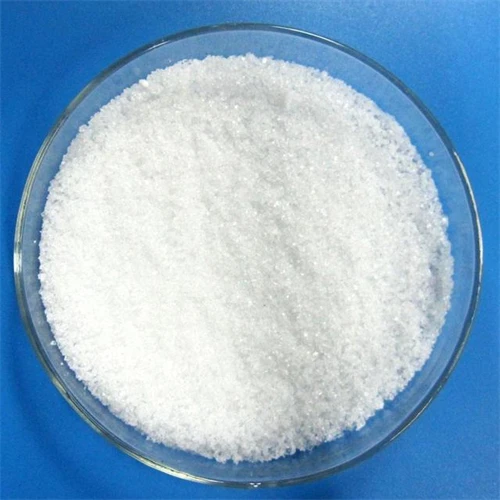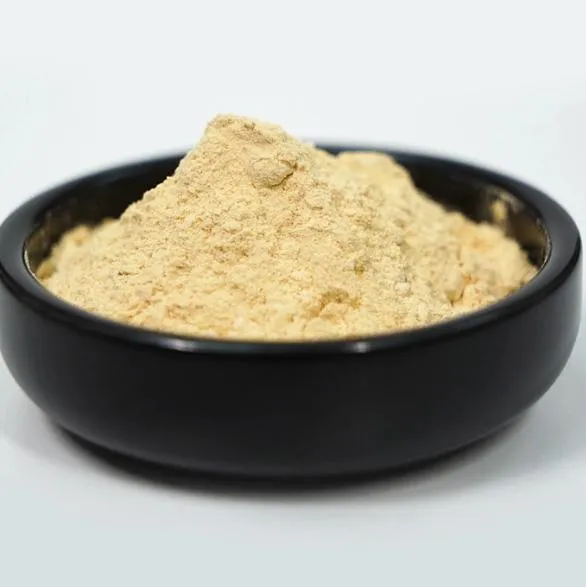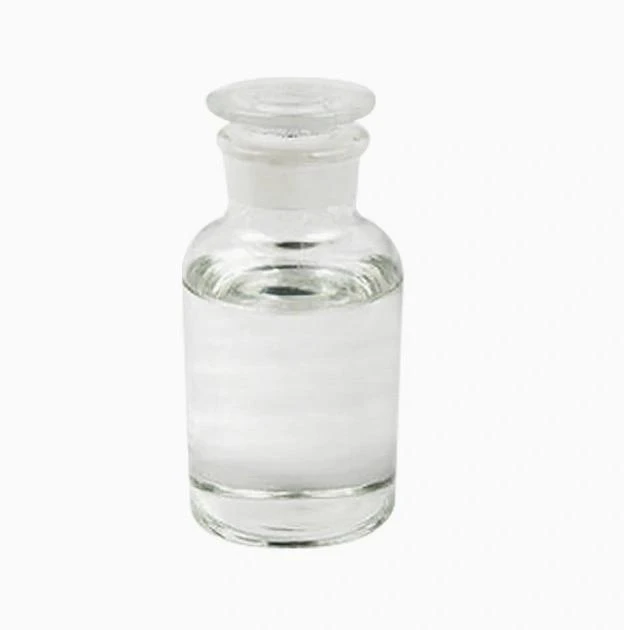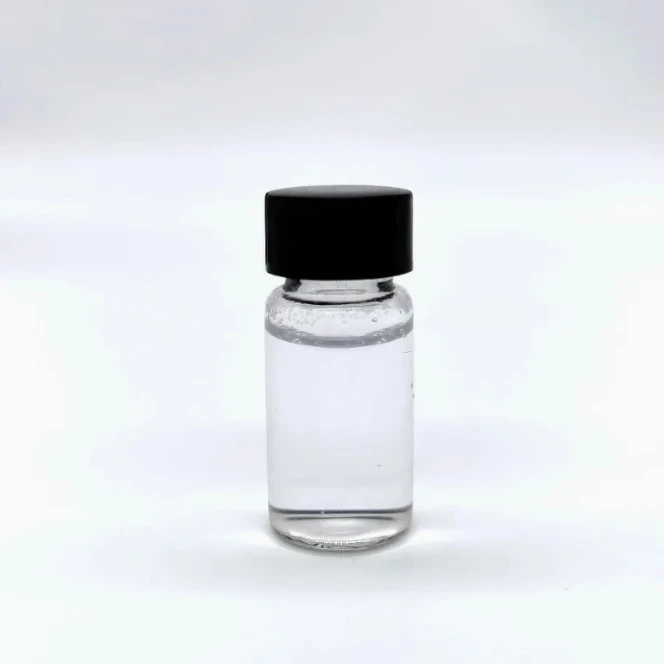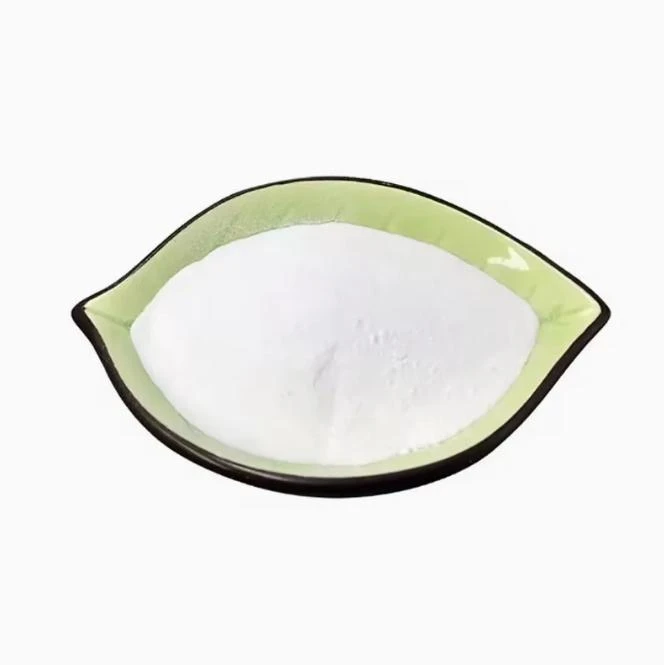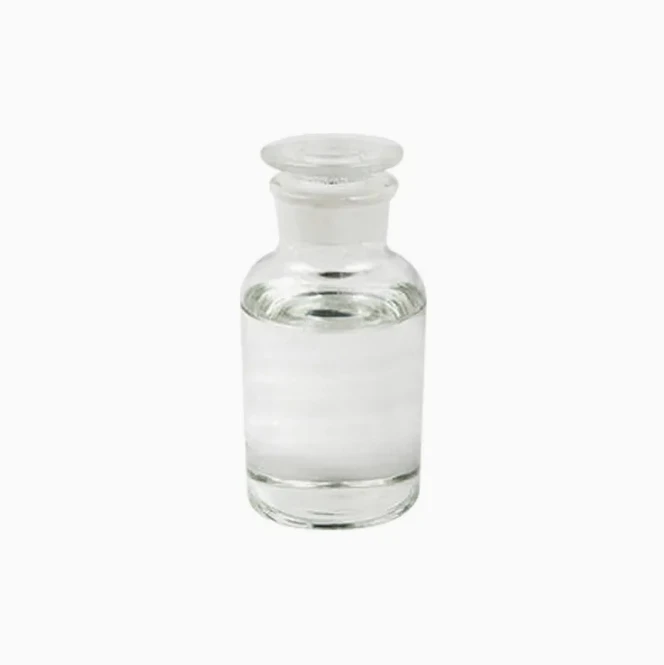Warning: Undefined array key "file" in /home/www/wwwroot/HTML/www.exportstart.com/wp-content/themes/1198/header.php on line 7
Warning: Undefined array key "title" in /home/www/wwwroot/HTML/www.exportstart.com/wp-content/themes/1198/header.php on line 7
Warning: Undefined array key "title" in /home/www/wwwroot/HTML/www.exportstart.com/wp-content/themes/1198/header.php on line 7
- Afrikan
- Albaniż
- Amhariku
- Għarbi
- Armenjan
- Ażerbajġani
- Bask
- Belarussu
- Bengali
- Bosnijan
- Bulgaru
- Katalan
- Cebuano
- Iċ-Ċina
- Iċ-Ċina (Tajwan)
- Korsiku
- Kroat
- Ċek
- Daniż
- Olandiż
- Ingliż
- Esperanto
- Estonjan
- Finlandiż
- Franċiż
- Friżjan
- Galizjan
- Ġorġjan
- Ġermaniż
- Grieg
- Guġarati
- Kreol Ħaitjan
- hausa
- Ħawajjan
- Ebrajk
- Le
- Miao
- Ungeriż
- Iżlandiż
- igbo
- Indoneżjan
- Irlandiż
- Taljan
- Ġappuniż
- Ġavaniż
- Kannada
- każak
- Khmer
- Rwandan
- Korean
- Kurdi
- Kirgiż
- TB
- Latin
- Latvjan
- Litwan
- Lussemburgiż
- Maċedonjan
- Malgashi
- Malajan
- Malajalam
- Malti
- Maori
- Marathi
- Mongoljan
- Il-Mjanmar
- Nepaliż
- Norveġiż
- Norveġiż
- Oċċitan
- Pashto
- Persjan
- Pollakk
- Portugiż
- Punġabi
- Rumen
- Russu
- Samoan
- Galliku Skoċċiż
- Serb
- Ingliż
- Shona
- Sindhi
- Sinħaliż
- Slovakk
- Sloven
- Somali
- Spanjol
- Sundaniż
- Swaħili
- Svediż
- Tagalog
- Taġik
- Tamil
- Tatar
- Telugu
- Tajlandiż
- Tork
- Turkmeni
- Ukrain
- Urdu
- Uighur
- Użbek
- Vjetnamiż
- Welsh
- Għajnuna
- Jiddix
- Joruba
- Żulu
Taurine
Taurine is an amino acid converted from sulfur-containing amino acids, also known as taurine, taurocholic acid, taurocholine, and taurobilin. Taurine is widely distributed in various tissues and organs in the body, and mainly exists in the free state in the interstitial fluid and intracellular fluid. It was first found in bull bile and got its name, but it has long been considered as a non-functional metabolite of sulfur-containing amino acids. Taurine is a sulfur-containing amino acid found in animals, but it is not a component of protein. Taurine is widely distributed in human and animal brain, heart, liver, kidney, ovary, uterus, skeletal muscle, blood, saliva and milk in the form of free amino acids, with the highest concentration in pineal gland, retina, pituitary gland, adrenal gland and other tissues. In mammalian hearts, free taurine makes up as much as 50% of the total free amino acids.
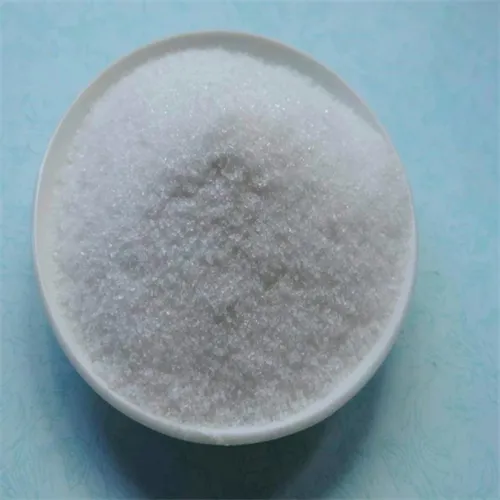



Taurine is an organic permeable regulatory substance that not only regulates cell volume, but also provides the basis for bile salt formation and plays an important role in the modulation of intracellular free calcium concentration. Although taurine is a special amino acid that is not included in proteins, it is the most abundant amino acid in the brain, retina, and muscle tissue. Taurine is widely used, such as in the function of the central nervous system, cell protection, cardiomyopathy, renal insufficiency, renal dysplasia and retinal nerve damage. Taurine is found in almost all eye tissues. Quantitative analysis of rat eye tissue extract showed that taurine was the most abundant amino acid in retina, vitreous body, lens, cornea, iris and ciliary body. Many studies have found that taurine is an active substance that regulates normal physiological activities of the body, It has a wide range of biological functions, such as anti-inflammatory, analgesic, maintaining osmolal pressure balance, maintaining normal visual function, regulating cellular calcium balance, lowering blood sugar, regulating nerve conduction, participating in endocrine activities, regulating lipid digestion and absorption, increasing cardiac contractility, improving the body's immune capacity, enhancing the antioxidant capacity of cell membrane, protecting cardiomyocytes and so on.
It can be widely used in medicine, food additives, fluorescent whitening agent, organic synthesis and other fields, and can also be used as biochemical reagent, wetting agent, pH buffer and so on.
Għandna ħafna fabbriki ta 'kwalità għolja b'kooperazzjoni profonda, li jistgħu jagħtuk prodotti ta' kwalità għolja u prezzijiet kompetittivi. U nistgħu wkoll nagħtu skontijiet għal xiri bl-ingrossa. U aħna nikkooperaw ma 'ħafna kumpaniji professjonali tal-ġarr tal-merkanzija, nistgħu nwasslu prodotti b'mod sikur u bla xkiel f'idejk. Il-ħin tal-kunsinna huwa ta 'madwar 3-20 jum wara l-konferma tal-ħlas.
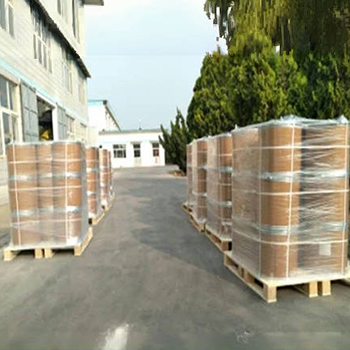



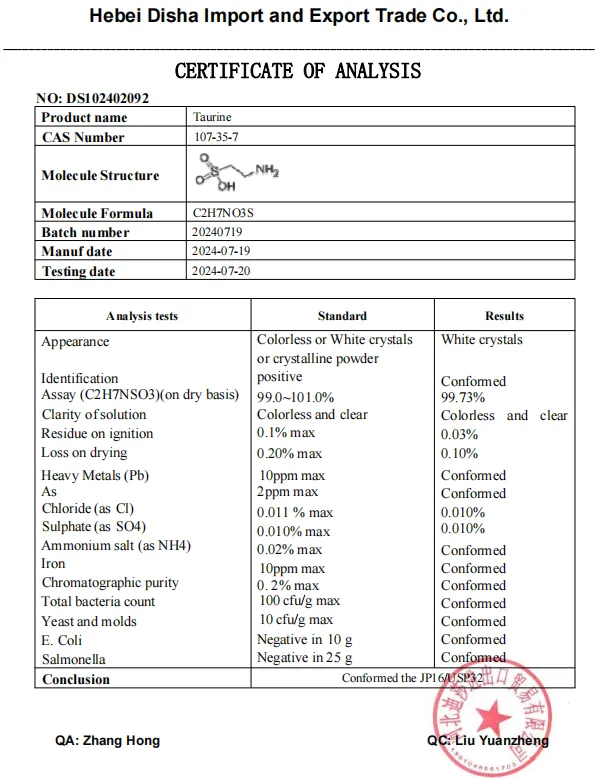

1. Inti fabbrika jew kumpanija kummerċjali?
Aħna kumpanija li tintegra l-industrija u l-kummerċ, li nipprovdu servizz one-stop. OEM jista 'jiġi aċċettat.
2. Inti tipprovdi kampjuni? Huwa b'xejn jew żejjed?
Kampjuni b'xejn. It-tariffa tal-merkanzija tal-kampjun trid titħallas min-naħa tiegħek.
3. Għandek xi ċertifikati relatati mal-kontroll tal-kwalità?
Ċertifikazzjoni ISO 9001:2008 biex tiġi żgurata l-kwalità.
4. X'għandi nipprovdi biex tikseb kwotazzjoni?
PLS għarrafna bit-tip ta 'prodott li għandek bżonn, kwantità tal-ordni, indirizz u rekwiżiti speċifiċi. Il-kwotazzjoni ssir għar-referenza tiegħek fil-ħin.
5. X'tip ta 'metodu ta' ħlas tippreferi? X'tip ta' termini huma aċċettati?
Termini ta ' Kunsinna Aċċettati: FOB, CFR, CIF, EXW;
Munita ta 'Ħlas Aċċettata: USD;
Tip ta' Ħlas Aċċettat: T/T,Western Union; Paypal, Assigurazzjoni tal-Kummerċ.
Lingwa Mitkellma: Ingliż.
Kategoriji ta' prodotti
-
 May . 07, 20252025 New York Cosmetics Ingredients ExhibitionThe much-anticipated 2025 Cosmetics Ingredients New York will be held at the Javits Center in New York from June 3 to 4, 2025. This event will bring together industry leaders, innovators and enthusiasts from all over the world to discuss the latest trends and advances in the field of cosmetic ingredients.
May . 07, 20252025 New York Cosmetics Ingredients ExhibitionThe much-anticipated 2025 Cosmetics Ingredients New York will be held at the Javits Center in New York from June 3 to 4, 2025. This event will bring together industry leaders, innovators and enthusiasts from all over the world to discuss the latest trends and advances in the field of cosmetic ingredients. -
 Apr . 27, 2025Zibo will host the 2025 International Chemical ExpoZibo, a city known for its thriving chemical industry, will host the 2025 Zibo International Chemical Expo from May 16 to May 18, 2025. This highly anticipated event aims to bring together industry leaders, innovators and stakeholders from around the world to explore the latest advancements and trends in the chemical industry.
Apr . 27, 2025Zibo will host the 2025 International Chemical ExpoZibo, a city known for its thriving chemical industry, will host the 2025 Zibo International Chemical Expo from May 16 to May 18, 2025. This highly anticipated event aims to bring together industry leaders, innovators and stakeholders from around the world to explore the latest advancements and trends in the chemical industry. -
 Apr . 22, 20252025 Yokohama Cosmetics Raw Materials and Technology ExhibitionYOKOHAMA, Japan – The City of Yokohama is preparing to host the much-anticipated Cosmetics Ingredients & Technologies 2025 from May 14 to May 16, 2025. The premier event is expected to attract industry professionals, innovators and enthusiasts from around the world to showcase the latest advancements in cosmetic ingredients and technologies.
Apr . 22, 20252025 Yokohama Cosmetics Raw Materials and Technology ExhibitionYOKOHAMA, Japan – The City of Yokohama is preparing to host the much-anticipated Cosmetics Ingredients & Technologies 2025 from May 14 to May 16, 2025. The premier event is expected to attract industry professionals, innovators and enthusiasts from around the world to showcase the latest advancements in cosmetic ingredients and technologies.


